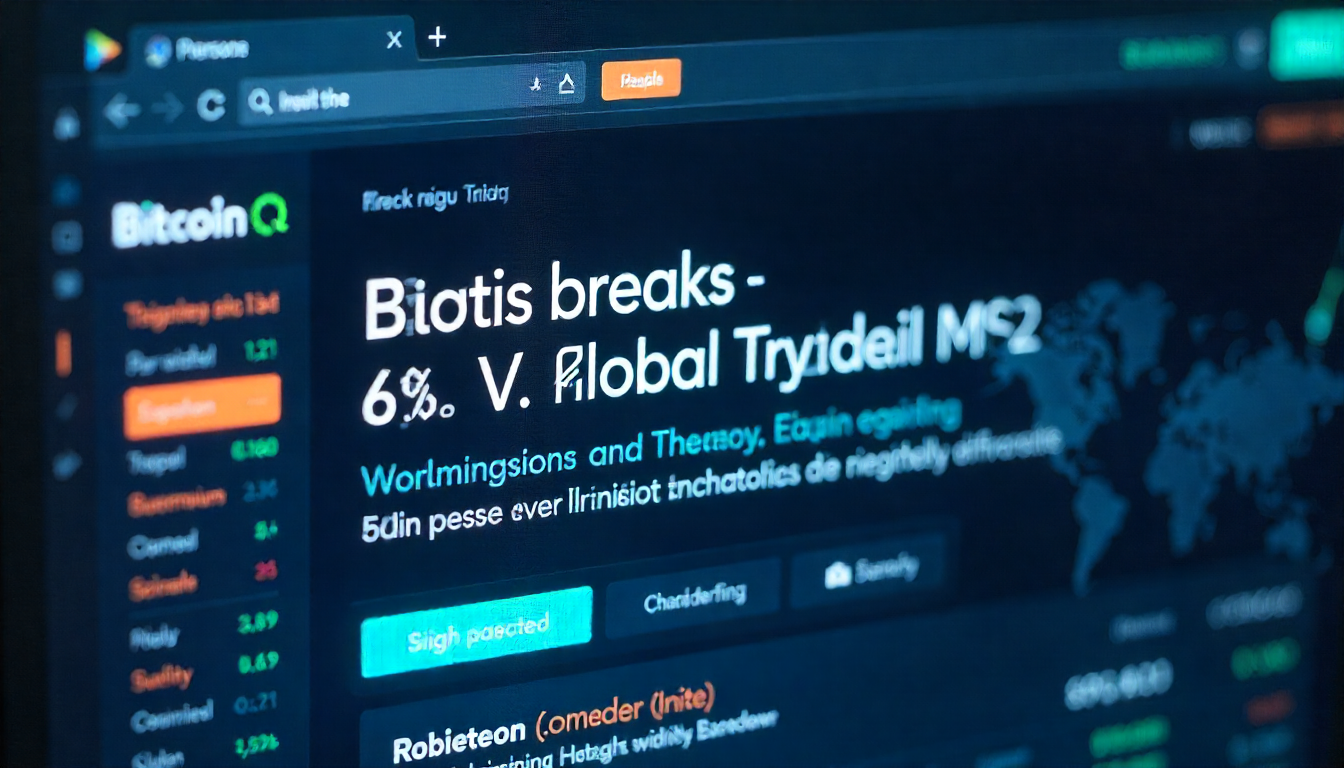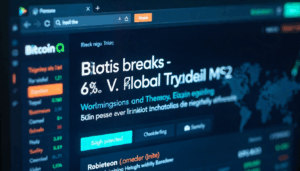The “Illiquid” Supply of Bitcoin Reaches an All-Time Peak Near 15 Million Tokens.
Bitcoin (BTC) is facing a significant challenge in surpassing the $100,000 price point, with a $384 million “sell wall” standing between its current value and the six-figure milestone. However, supply data suggests a growing accumulation trend, indicating potential upward pressure for Bitcoin in the near future.
The term “illiquid supply” refers to the portion of Bitcoin held by long-term holders (LTHs), who are not actively trading their coins. According to Glassnode data, illiquid supply has increased by more than 185,000 BTC in the past 30 days, reaching a new all-time high of 14.8 million BTC. This accounts for 75% of the total circulating supply, which is just under 20 million BTC, out of a maximum of 21 million. The 185,000 BTC increase is the second-largest 30-day change this year, reinforcing the trend of investors choosing to hold their assets rather than sell them.
CoinDesk’s previous research shows that LTHs have recently shifted to a pattern of accumulation, adding over 2,000 BTC to their holdings since November 26. This suggests that the phase of profit-taking is nearing its end, potentially reducing sell pressure on the market.
Additionally, Bitcoin’s rapid exit from exchanges since early November has ended a nearly two-year period of stability in the amount of BTC held on exchanges, signaling rising investor demand. Looking at a five-year view, however, Bitcoin on exchanges has remained relatively steady, between 2.7 million and 3.3 million BTC.
For a more sustainable rally, Bitcoin will need to maintain its exit from exchanges, signaling strong investor interest rather than demand fueled by leveraged derivatives markets.
“Bitcoin’s illiquid supply has reached a new all-time high while the amount of Bitcoin on exchanges has dropped to a multi-year low,” explained Andre Dragosch, head of research at Bitwise. “Nearly 75% of Bitcoin’s total supply is now considered ‘illiquid,’ with less than 14% remaining on exchanges. This continued scarcity of supply is becoming more pronounced.”
Share this content:













